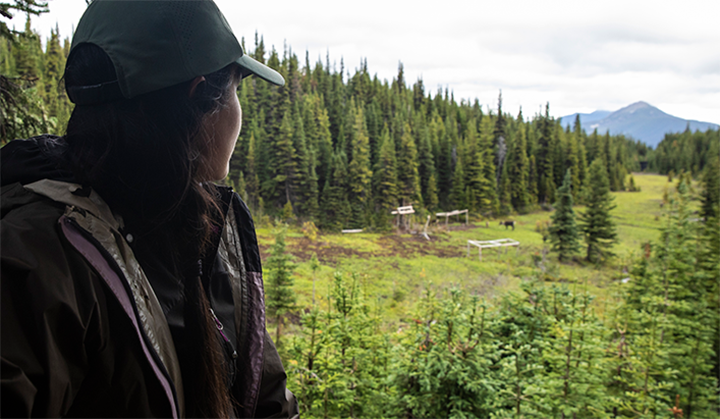Social scientist, Master’s student and one of Y2Y’s 2020 Sarah Baker grant recipients, works to uncover why First Nations shoulder the burden of recovering degraded habitat caused by resource extraction
We are on a mission to connect and protect habitat from Yellowstone to Yukon so people and nature can thrive.
As we collectively strive to achieve our ambitious mission, we must also remember that people and nature do not exist separate from one other; rather, we are all part of nature.
This inherent interconnectedness means our impacts — good and bad — on ecosystems also have consequences for people.
It is this interdependency and important aspect of Y2Y’s work that motivates social scientist Rachel Singleton-Polster to identify where significant inequities and gaps exist in a specific area of conservation: restoring degraded habitat.
“Marrying the science of restoration with social sciences”
Rachel is one of Y2Y’s 2020 Sarah Baker Memorial Fund grant recipients. As a first year Master’s student at Simon Fraser University, she is studying the need for timely restoration of degraded and destroyed caribou habitat in the Peace River region (‘the Peace’) of northern British Columbia.
“My project is really marrying the science of restoration with social sciences,” says Rachel. “I’m excited to learn more about habitat restoration because it will give me a window into Y2Y’s work in conservation science, while weaving in social and economic components along the way.”
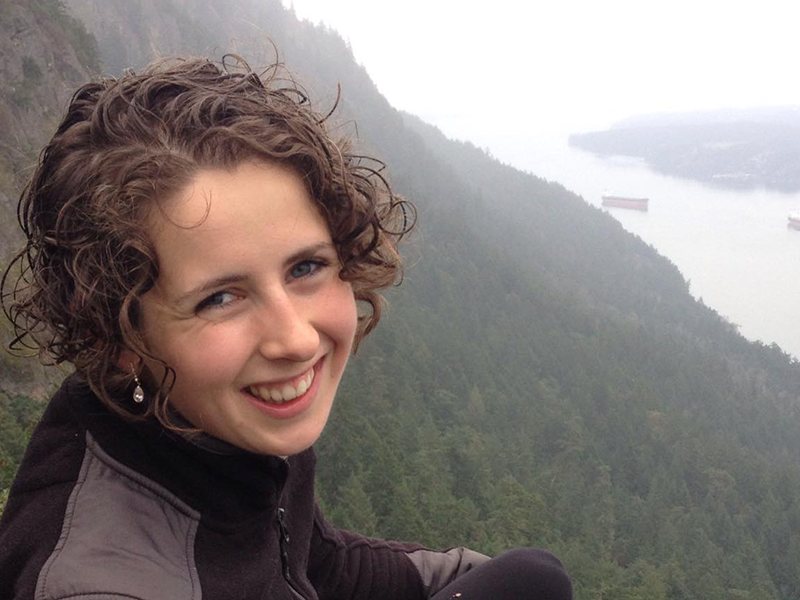
The Peace is a remarkably diverse landscape, home to agriculture, mountains, forest, muskeg, rivers, and more. It’s also the narrowest point in the Yellowstone to Yukon region. However, this area is also exposed to the extreme cumulative impacts of extractive resource development, such as mining, oil and gas and forestry operations.
As a result, habitat for many wildlife species has been destroyed, degraded and fragmented over many years; and exponentially more over the past two decades. This is especially true for endangered mountain caribou.
In her project, Rachel will evaluate the need for (and lack of action on) restoring caribou habitat that has been destroyed or degraded by industrial development in the Peace region. Why hasn’t more restoration happened? What loopholes exist?
“The social science methods and perspectives that Rachel and her team bring will help to ensure that laws, regulations, and policies are actually effective — a crucial piece of achieving broader goals for people and nature.”
Dr. Aerin Jacob, Y2Y conservation scientist
In British Columbia, mining is subsidized by taxpayers under the “promise” of restoration. But are we subsidizing the restoration work? If not, who ends up paying for restoration efforts, or bearing the brunt of degraded landscapes?
Rachel will help to answer these questions and more through an inductive content analysis — a qualitative research method used to develop theory and identify themes by studying documents, recordings and other printed and verbal material.
This will involve looking at reclamation plans and policies for mines in the Peace to evaluate current restoration rules and regulations for coal operations in B.C.
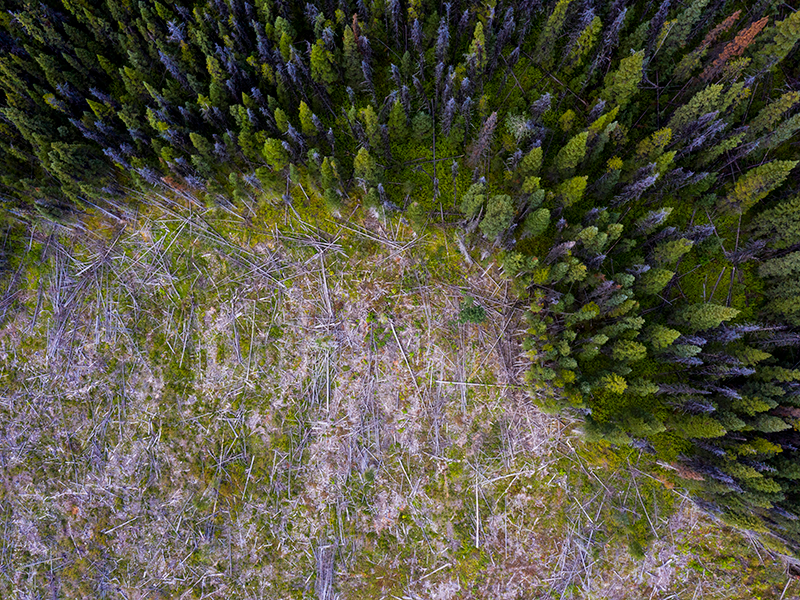
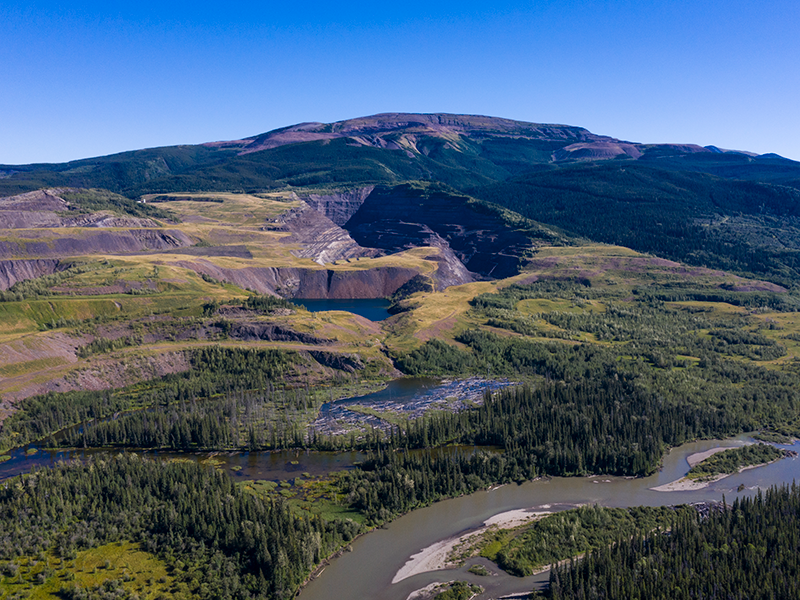
Who is left to clean up the mess?
Lack of timely restoration of caribou habitat has accelerated habitat loss and endangers the important connectivity long facilitated by landscapes in the Peace region. Surrounding First Nations communities are directly impacted by this inaction, and often are the ones putting the time and resources into repairing the damage done.
The often-lesser discussed, yet persisting, outcome is the perpetuation of environmental injustices against First Nations who are shouldering the double burden of undertaking wildlife recovery while enduring racism as a result of their efforts.
The often-lesser discussed, yet persisting, outcome is the perpetuation of environmental injustices against First Nations who are shouldering the double burden of undertaking wildlife recovery while enduring racism as a result of their efforts.
Prior to her current studies, Rachel worked in political advocacy, advancing the Title and Rights of Indigenous peoples in B.C., federally and internationally at the United Nations.
In 2018, Rachel joined an annual event called Paddle for the Peace, which aimed at gathering those who deeply appreciate the Peace River, and who wanted to show solidarity to First Nations on their continuing court action against the Site C dam project.
“Being on the river and meeting folks around there committed to the landscape really got me excited and interested in this region,” says Rachel. “These experiences and my past work drive the human-rights based approach to my research.”
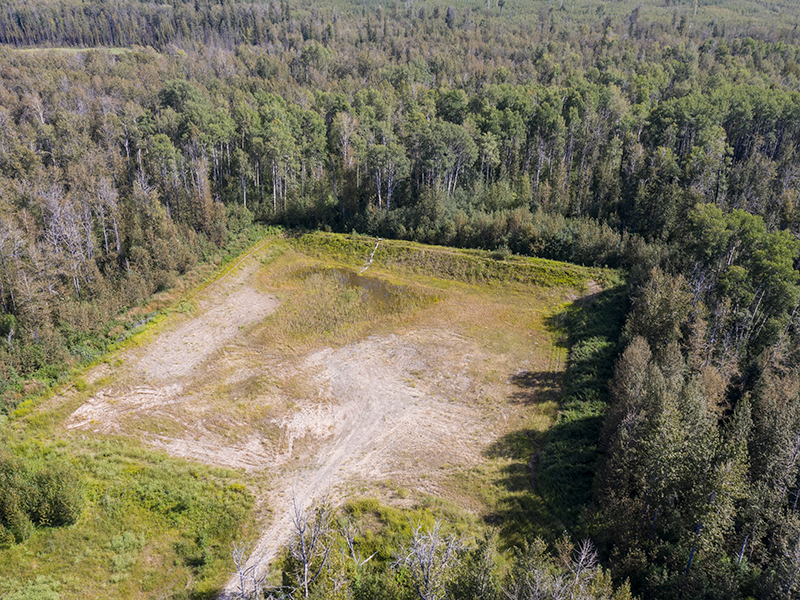
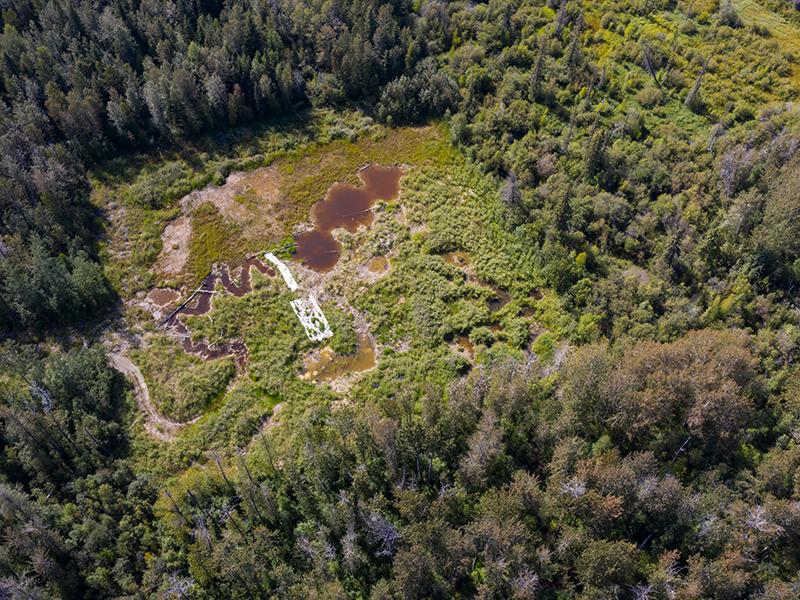
Science informs policies for lasting change
Y2Y delivers the best available science and/or knowledge to guide policies and actions that lead to lasting conservation outcomes for people and nature across the Yellowstone to Yukon region.
Our conservation scientist, Dr. Aerin Jacob, knows firsthand how important it is to connect research and policy.
“The science and practice of restoring habitat are really interesting and necessary parts of conservation,” she says.
“My PhD research was in restoration ecology! The social science methods and perspectives that Rachel and her team bring will help to ensure that laws, regulations, and policies are actually effective — a crucial piece of achieving broader goals for people and nature.”
With that in mind, Rachel says the goal of her research is to contribute to actionable policy recommendations that identify points of accountability for actors contributing to the degradation of caribou habitat in the Peace.
“With better regulations required at a provincial level from the get-go, we can better address what caribou and other wildlife need in the Peace.”
Rachel Singleton-Polster, 2020 Sarah Baker grant recipient
“Policies often get created and just stay on a shelf; I’m keen to make sure there’s a practical component to this research,” says Rachel. “With better regulations required at a provincial level from the get-go, we can better address what caribou and other wildlife need in the Peace.”
Research is one piece of the bigger puzzle of not only maintaining critical connections in the Yellowstone to Yukon region, but also making sure that human activities don’t further sever those connections.
Better understanding the implications of our actions on nature, and on others we share this planet with, will undoubtedly continue to be critical in achieving the Y2Y vision and mission.
We look forward to sharing the results of Rachel’s research with you in the future!
The Sarah Baker Memorial Fund supports early-career researchers whose projects advance Y2Y’s conservation strategy and result in tangible benefits within the region. Sarah Jocelyn Baker’s appreciation for the natural world and ability to find solutions resonate with the aspirations and vision of Y2Y. We are honored to carry her spirit forward through the Sarah Baker Memorial Fund. Thanks to a gift from her extended family, Y2Y can offer grants to graduate students and postdoctoral fellows pursuing environmentally related studies in any post-secondary institution in Canada or the U.S.
Additional reading:
Learn about the extreme cumulative impacts of extractive resource development in the Peace River region in these two studies commissioned by Y2Y:
